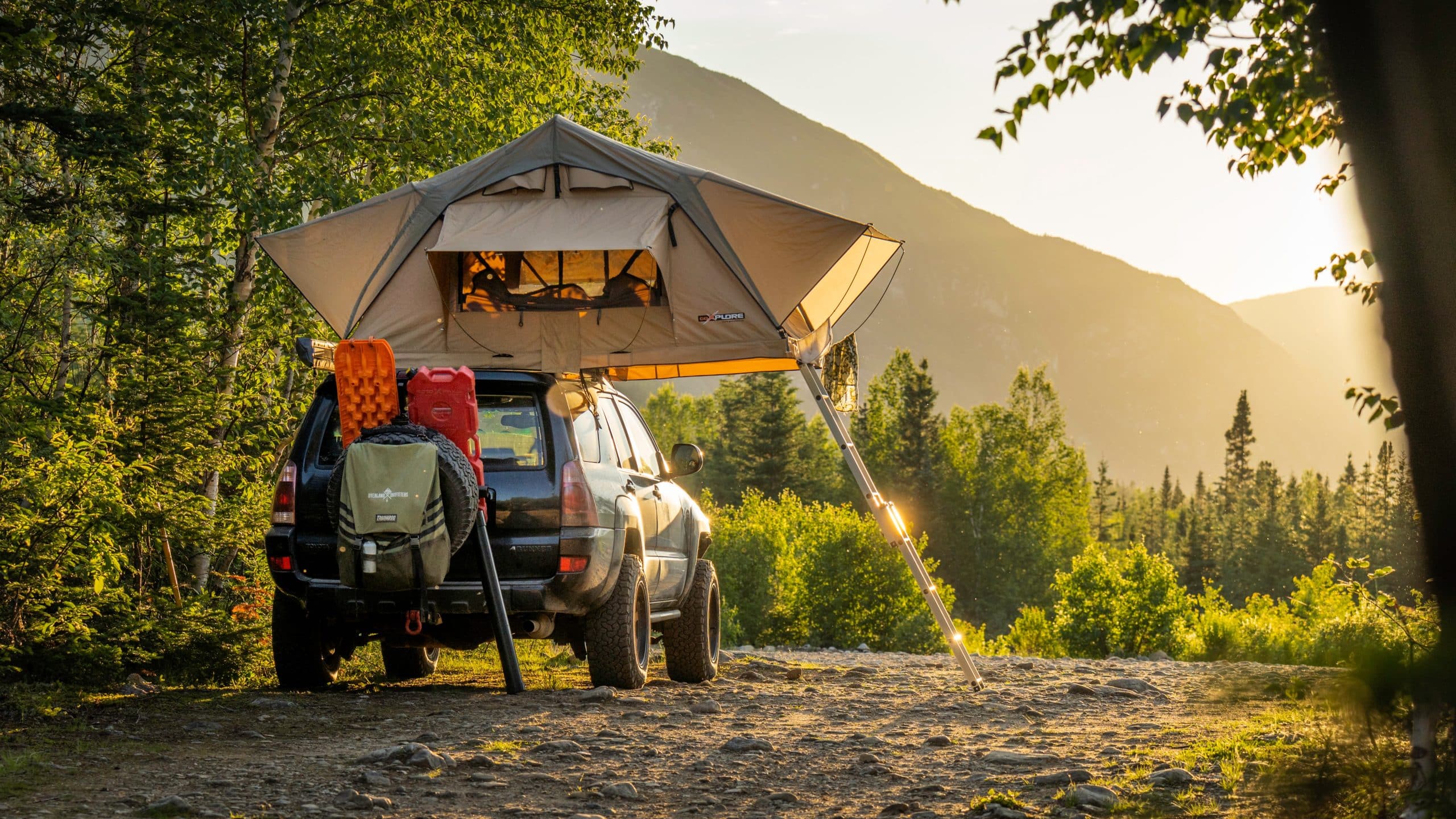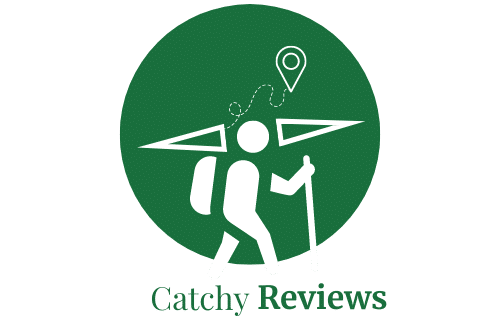Can you identify and describe the flora and fauna safety concerns while camping in Wales?

When you pack your gear for a camping trip in the wild areas of Wales, you're planning for an adventure. You're eagerly anticipating the beauty of national parks, the rustling of wildlife in the underbrush, and the calming sounds of running water. However, it's crucial to remember that nature isn't always a tranquil paradise. There are certain safety concerns with the flora and fauna that you need to be aware of. This valuable knowledge will not only keep you safe as you camp but will also help you avoid causing unnecessary harm to the natural environment.
Understanding the Risks of Local Flora
In this section, we will discuss the potential risks associated with the local flora found in Wales. Plants, trees, and even fungi can pose certain hazards if you don't know what to look for.
Sujet a lire : Is wild camping legal in Wales, and where can you do it safely?
Wales is home to an array of beautiful and intriguing plant life, from the ancient yew trees of St. Digain's Church to the tiny sundews in Snowdonia National Park. However, a few of these plants can be harmful to humans. One such plant is the common rhododendron. While stunning to look at, these flowers contain toxins that can cause vomiting, diarrhea, and even coma if ingested.
Another plant to be aware of is the giant hogweed. This invasive species can grow up to five meters tall and is found in various areas across Wales. The plant's sap can cause severe skin burns when exposed to sunlight. Therefore, it's crucial to avoid brushing against it and to wear long sleeves and trousers when exploring dense vegetation.
Dans le meme genre : What are the essential items to pack for a Lake District camping trip?
Knowing about these potential risks and educating yourselves about local flora will help you avoid dangerous encounters and ensure a safe and enjoyable camping experience.
Safe Interaction with Wildlife
Wales is famed for its rich wildlife, from the red kites soaring in the sky to the otters frolicking in its rivers. Interacting with this wildlife can be one of the most rewarding aspects of camping, but it requires a certain level of caution.
Feeding wildlife might seem like a harmless, even enjoyable, activity. However, it's important to understand that this practice is not safe for you or the animals. It can lead to animals becoming dependent on human food, which is often inadequate for their nutritional needs. It can also encourage wildlife to approach humans more frequently, increasing the risk of injury.
The best policy is to observe wildlife from a distance. Wales is home to a few venomous creatures, like the adder, Britain's only venomous snake. While adder bites are rare, they can be dangerous, especially to children and the elderly. Therefore, it's best to stick to trails and avoid reaching into areas where you can't see clearly.
Setting Up a Safe Camp
When you find the perfect spot to set up camp, you must consider certain safety aspects. The placement of your camp can significantly impact your safety and the impact you have on local wildlife.
First and foremost, keep your campfire small and under control. Never leave a fire unattended, and make sure it's completely extinguished before you leave the area. This will prevent forest fires and protect the natural habitat of local wildlife.
Next, think about your food storage. Animals, especially predatory ones, have an excellent sense of smell and can be attracted to your campsite. Store all food and scented items in a bear-resistant container or hang it from a tree at least 100 meters from your sleeping area. This will deter wildlife from coming too close to your camp.
Protecting Water Sources
Lastly, it's essential to prioritize the protection of local water sources. Water is a crucial resource, not just for you but for the wildlife in the area as well.
Avoid camping too close to lakes, rivers, or streams. This will prevent your activities from contaminating these water sources and disturbing the local wildlife that relies on them. Also, ensure you use biodegradable, eco-friendly soap when washing dishes or yourself, and do it at least 70 meters away from any water source.
If you follow these guidelines, you're sure to have a safe and enjoyable camping trip in the wild areas of Wales while leaving the smallest impact possible on the beautiful wildlife and flora that call it home. Camping is a fantastic way to connect with nature, and with a bit of knowledge and responsibility, it's an activity that people of all ages can enjoy safely and sustainably.
Following Local Laws and Regulations
Camping in the wild areas of Wales can be a truly immersive experience. However, it is important to familiarise yourself with the local laws and regulations related to wild camping, to ensure that your adventure is both legal and respectful to the environment.
Wild camping is often tolerated in many rural areas of Wales, particularly in the higher areas of the national parks. However, in certain parts of the country, wild camping without permission is technically illegal. Therefore, it's advisable to check if the area you're planning to camp in allows wild camping, or if you need to seek permission from a landowner. This will help to avoid any potential legal issues and maintain good relations with landowners.
When setting up your camp, always look for established campsites or pitch your tent on durable surfaces to minimize your impact on the environment. The Leave No Trace principles are an excellent guide to follow. These principles include disposing of waste properly, minimizing campfire impacts, respecting wildlife, and being considerate of other visitors which will help you to enjoy the great outdoors responsibly.
In campsites and caravan sites, it's important to follow the provided safety guidelines. For instance, carbon monoxide is a potential hazard when using gas cooking equipment inside a tent. Always ensure proper ventilation and never use barbecues inside tents or enclosed spaces.
Emergency Preparedness for Outdoor Activities
Venturing into the great outdoors for a camping trip can be an exciting adventure. However, when you're away from the comforts of home, it's crucial to be prepared for potential emergencies.
Before heading out, make sure you have a well-stocked first aid kit. This should include bandages, antiseptic wipes, tweezers, painkillers, and any personal medication you may need. It's also a good idea to take a basic first aid course, so you know what to do in case of an accident.
In addition to packing a first aid kit, it's also wise to have a plan in case of bad weather. Wales is known for its unpredictable weather patterns, so always check the local forecast before setting out. Pack waterproof clothing and an extra set of clothes in a waterproof bag. If the weather turns bad, it's better to postpone your trip rather than risk getting caught in a storm.
Apart from these, always let someone know your plans before you go camping. Give them details about your intended route, where you plan to camp, and when you expect to return. This way, if anything goes wrong, someone knows where to look for you.
Conclusion
Camping in the wild areas of Wales can be a rewarding experience, allowing you to enjoy the natural beauty of the national parks and the diverse local wildlife. However, it's vital to be aware of the potential hazards and follow safety tips to ensure a safe and enjoyable trip. By respecting the local laws, adhering to the Leave No Trace principles, and effectively preparing for emergencies, you can ensure that you minimize your impact on the environment and stay safe while enjoying your outdoor activities. Remember, the key to a successful camping trip lies not just in the enjoyment of the great outdoors, but in the respect and care we show towards it. Happy camping!
